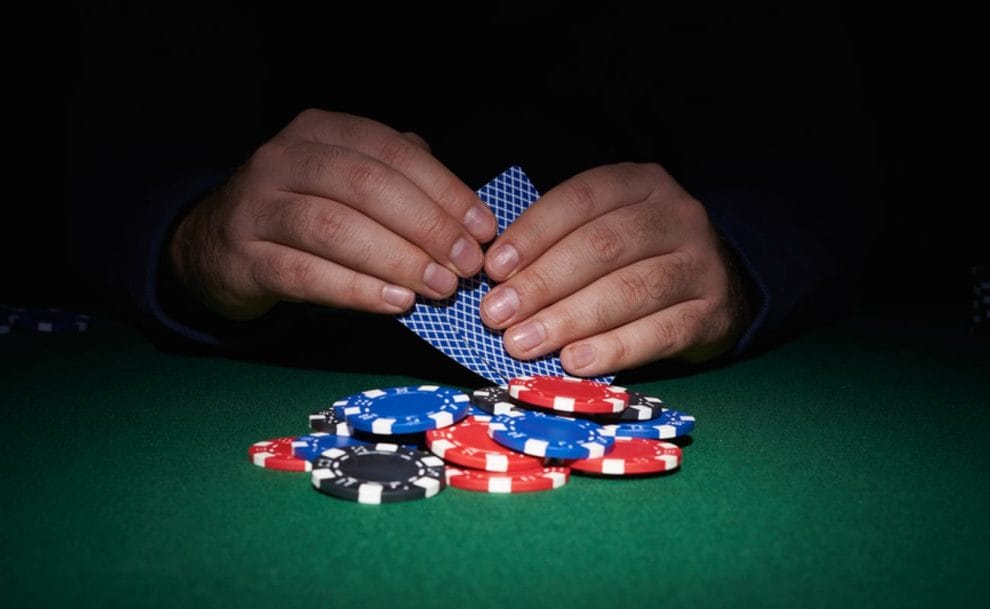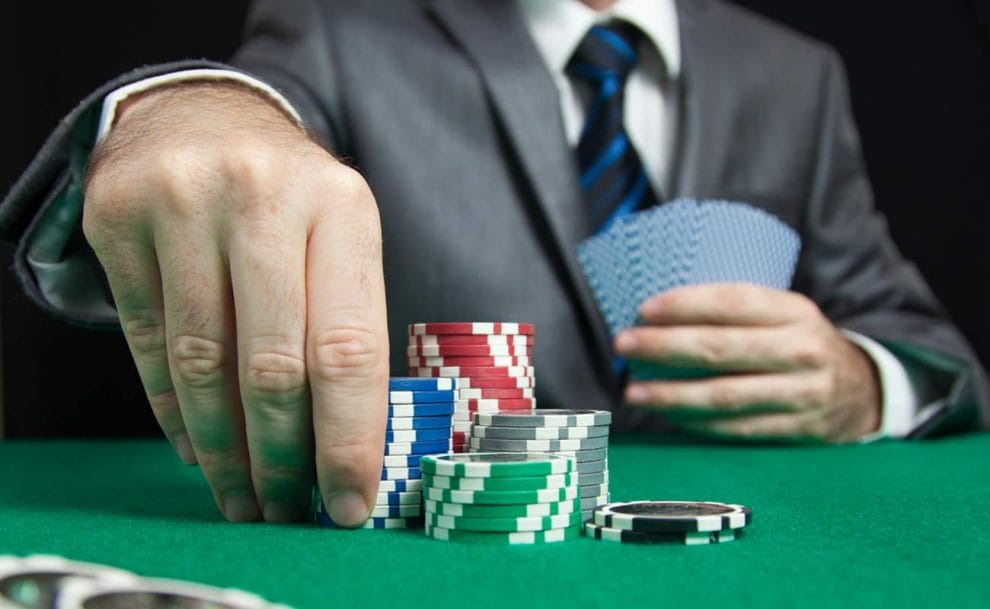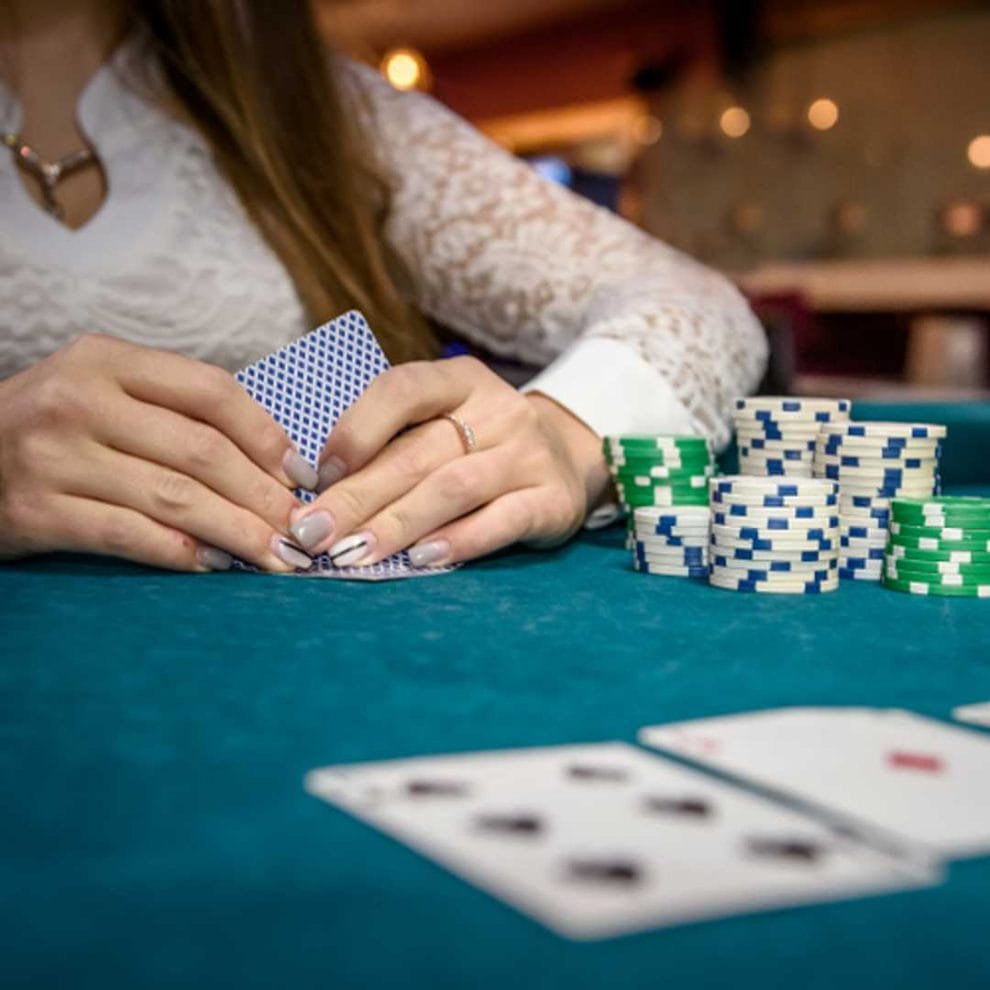
The aim of the successful poker player is to maximize profits. One of the best ways to achieve this is through effective poker hand representation. By controlling your opponents’ image of your hand when you play poker online, you have the potential to make them dance to your tune. Read on to discover how to represent, the psychology of hand representation, against what types of players you can use it to your best advantage and – most importantly – how to do this.
What is poker hand representation?
What does it mean to represent a hand in poker? Poker hand representation is all about acting in a way that makes your opponent think you are holding a specific hand range. The idea is that they will then respond to your play based on what they think you will do, in line with your historical pattern of play. This is relatively easy to achieve these days with poker tools and HUDs, even if you’ve never played against each other before. Pull this off and you’ll have an excellent opportunity to maximize profit by exploiting your opponent’s missteps.
Poker strategy and hand representation

It’s often said that poker hand representation sets a good player apart from one who will always remain a beginner. That’s because representation takes a fair amount of skill. Maximizing profit generally requires you to represent a poker hand – and corresponding poker strategy – that’s opposite to the one you actually have. Say you have a strong hand and you’re betting for value. In this case, you’ll want opponents to call so you can build the pot and get paid. To get them to call instead of folding to your strong hand, you’ll want to represent a bluff. Conversely, if you really are bluffing, you’ll want players to fold instead of call. To achieve that, you’ll want to represent a value hand or even a monster hand.
The psychology of poker hand representation
When it comes to representing hands in poker, it’s important to realize that players will often respond to the image you project as though they’re looking in a mirror. The way they react to the poker hand you’re representing will tend to reflect their own way of thinking. That’s because most players try to figure out other players in terms of how they themselves think. This means that your hand presentation should vary from one opponent to another, depending on what type of player they are. Needless to say, poker players aren’t all the same, so it’s important to have a good working knowledge of how the various player categories tend to respond in specific situations. Some types respond favorably to representation, while to other types you should avoid representing at all.
How to represent to different types of online poker players

Generally speaking, the opponents you’ll face at a poker table will all be nits, calling stations, loose-passive players, maniacs and loose-aggressive players. Here’s a quick explanation on the different types of players.
Nits
Nits, to begin with, are players with an overly tight style of play whose bets, raises and calls tend to lack balance. They also tend to fold easily, making them highly suitable targets for value hand representation.
Calling stations
Calling stations, on the other hand, always want to come along instead of folding. They often have a loose-passive style, playing more hands than they should and checking and calling more often than they bet or raise. Calling stations also tend to lack the ability to read hands, so they play their cards. As a result, it’s a waste of time to represent against a calling station. Rather play to their range. Go hard with value hands, tighten up with marginal hands and let the loose-aggressive calling station feed your stack.
Maniacs
Maniacs can be profitable if you deal with them correctly. These hyper-aggressive players follow a crude but sometimes effective poker strategy of bullying their opponents into folding. Representation generally doesn’t have much impact on a maniac. Passive play with made hands and aggressive play with strong draws is the way to go if you have equity on the flop. One spot where you can represent profitably is after the turn. Say your aggressive maniac has been building the pot for two streets. If you represent a value hand at this point, they will fold often enough for you to make a good profit.
Loose-aggressive players
If you’re looking to practice your hand representation skills, try them out against loose-aggressive opponents. Typically the best players at the table will only build big pots when they have high equity. They play aggressively, read hands well, play a wide range of starting hands and bet or raise whenever they get the chance. Have fun against them by representing value hands using normal bluffs and bluffs with value while trying to figure out what they’re representing!
Representing premium poker at Borgata Online
Looking to play online poker for real money? Join one of the best online poker sites in the business when you sign up at Borgata Online. Enjoy daily and weekly online poker tournaments to suit every budget and level of skill and enjoy a generous 100$ deposit match with our Borgata poker welcome offer.
